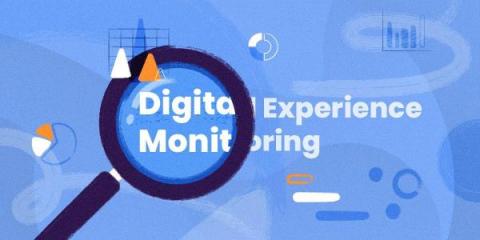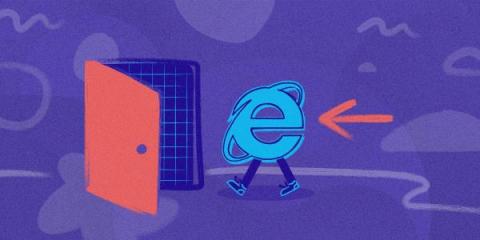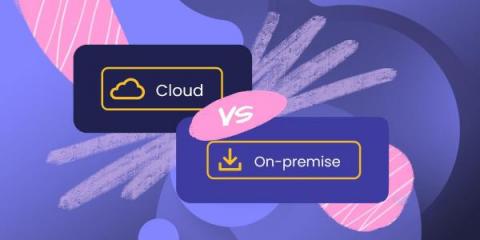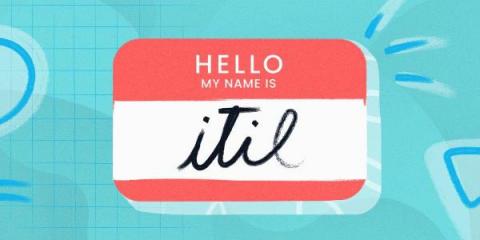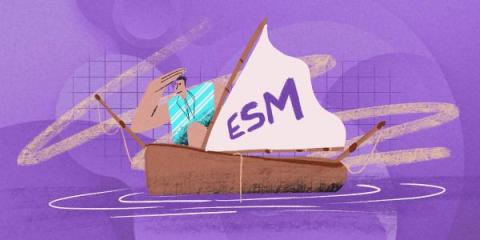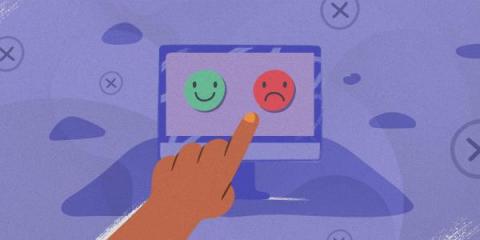What is Digital Experience Monitoring, and How Can it Help Companies?
Customer-centered business practices have become a major focal point in IT innovation. The advent of massive communication has brought forth a big challenge, however: how does one provide a top-notch customer experience when there are so many factors to account for? The market’s answer to this conundrum is monitoring software.


